Many types of construction work are performed using sand. This type of material is especially in demand when working with concrete: forming a screed, pouring a blind area, building a foundation or fence, installing a metal canopy for a car. Since bulk materials are the main components of construction, it is very important to determine before buying how much a cube of sand weighs and calculate its required amount.

How to determine how much a cube of sand weighs: material characteristics
Many owners of country houses are trying to figure out what is the weight of sand in one cube. This indicator is particularly relevant for suburban construction, affecting such serious arrays of work as the erection of a building or arrangement of the yard and the local area. How much is 1 cube of sand with delivery – one of the burning questions of any person who takes on self-construction or is concerned about the purchase of material for hired workers.
Depending on how many kilograms are in a cube of sand, the basic proportions of the concrete mix will be calculated. This moment is very important, because the wrong calculation will lead to a violation of technology and serious consequences.

Why is it important to determine how many cubes of sand in 1 ton
An indicator that reflects how many kilograms in 1 cube of sand, when erroneous calculations can cause many difficulties:
- violation of the formulation of a mixture of concrete;
- improper consistency of the finished solution;
- loss of adhesive properties;
- low quality concrete;
- violations in the process of solidification;
- concrete strength reduction;
- premature destruction of structures made from cement mortar.
For this reason, it is very important to determine not only how much sand is in 1 cube, but also how much material is contained in this volume.
Note! In most cases, a cube of sand is used as a standard weight measure. This unit is considered as a common indicator for calculations. Despite this, in the reference books and tables you can find other options, for example, sand in tons / cube. m or grams / cubic cm.
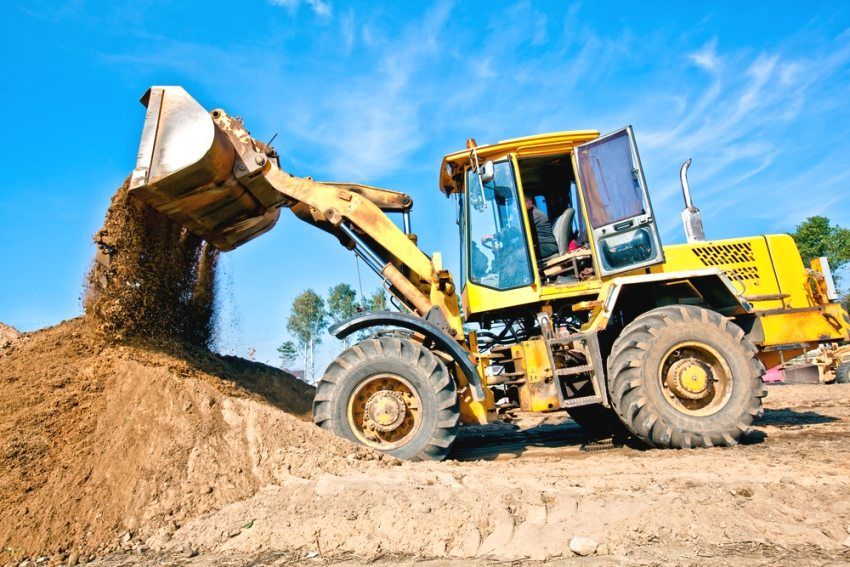
An indicator that reflects 1 cubic meter of how much kg of sand is contained in a specified volume is called the specific gravity or specific gravity. This measure, applicable to bulk materials, is in the range of 1500-2800 kg / m ?. In accordance now you can estimate how many kg in a cube of sand.
The value of the specific gravity of the material can be affected by various factors, including:
- mineral composition;
- grain composition;
- size of fractions;
- humidity level;
- compaction percentage;
- impurities.
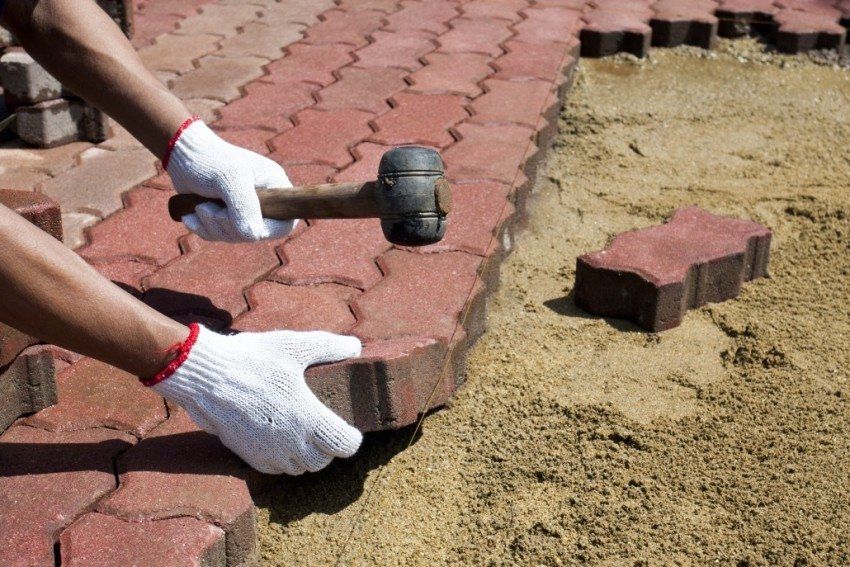
Today, many are concerned about the cost of a cube of sand, but few know that the final price is affected by the characteristics of the material, one of which is density. Sand, like crushed stone, belongs to the category of bulk materials. The level of its density depends on the air interlayers, which are formed between the solid particles.
How much does a cube weigh? Main characteristics and composition. Concrete mix general information, weight determination. Varieties of concrete, depending on the material. What affects the weight of concrete?
Sand density is:
- technological;
- real;
- Bulk – is the ratio of the specific gravity of sand to the volume occupied by this material. In this case, the volume includes not only solid particles of sand, but also all the pores, as well as voids present in the composition of the embankment (taken as the basis for determining how many cubes of sand are in a bag or bucket);
- true or conditional – the value is considered as the limit of the ratio of the specific weight of the material to the volume occupied by it minus all pores and voids present in the embankment.
The density of sand varies in the range of 1.3-1.8 t / m ?, and is equal to 1.3 t / m? for river sand, and 1.4 t / m? – for career.
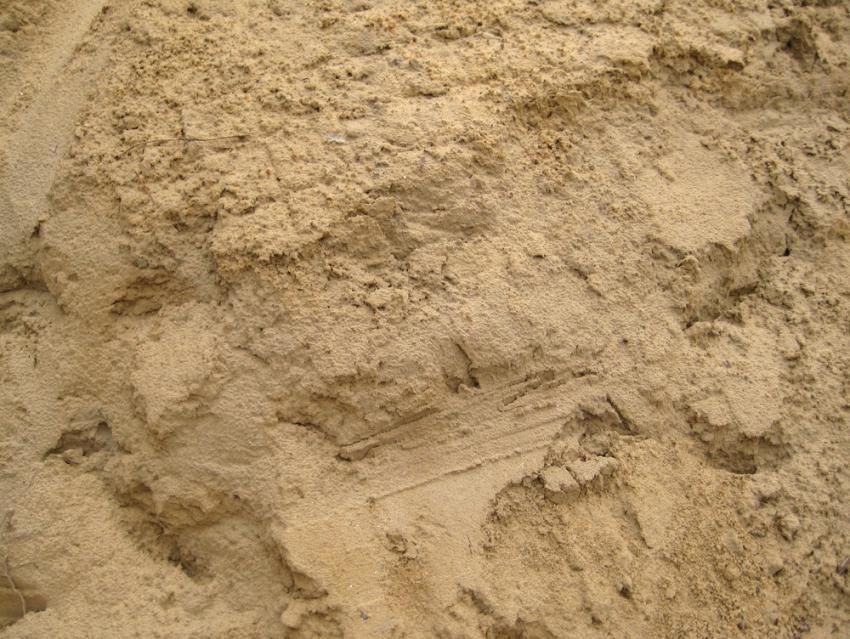
Helpful advice! In fact, it is impossible to determine, taking as a measure a bag or a bucket, how many cubes of sand in the specified volume will be contained. The true density of the material will always be higher than real, it can only be considered theoretically (conditionally). As for the practical application of such a measure as a bucket or bag of sand, how many cubes in this container will be really depends on the bulk density.
How many material cubes are in a bag of sand can be determined taking into account its grain composition. It is enough to sift the grains of sand using special sieves. As a result, you will be able to determine the level of content in the material of gravel particles with specific dimensional data. Usually, the module uses the size of the material.
Table 1. Sand size module:
| Material type | Size of material fractions, mm |
| Small | 1.5-2 |
| Average | 2-2.5 |
| Large | more than 2.5 |
If there are fractions larger than 2.5 mm in front of you, then most likely you are dealing with quarry or river sand, how much a cube weighs in this case will depend on water demand.
In accordance with the particle size, the material is divided into 2 classes:
- I – more than 1.5 mm;
- II – with any dimensional data.
The class of material and the size of its fractions depend on how much a cube of sand costs for construction work.
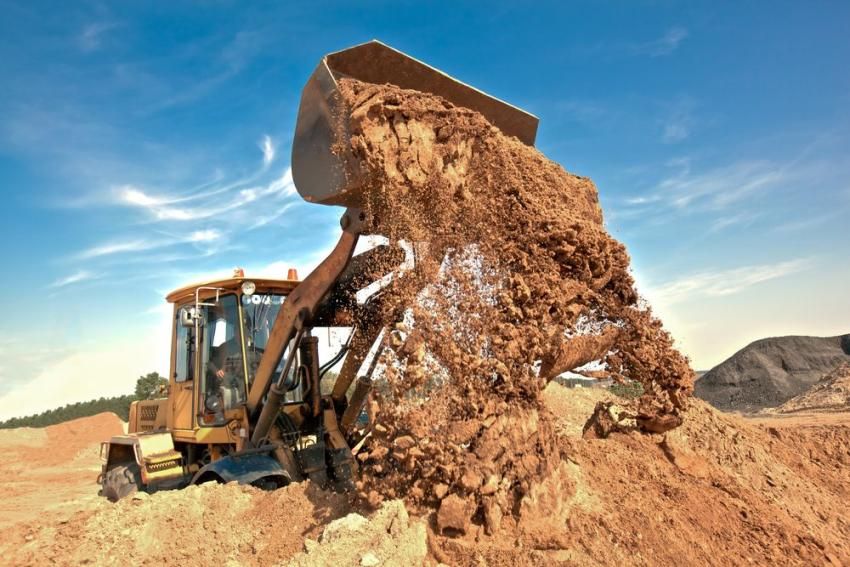
Varieties of building sand: how much weighs 1 cube of each
How much a cube of sand weighs is influenced by its type, storage method and humidity level. According to GOST, the weight of standard construction sand is 1550-1700 kg / m? (18.5-20.4 kg / bucket). The weight of dry loose sand is equal to 1440 kg / m ?, and compacted – 1680 kg / m ?. Wet standard sand has a weight of 1920 kg / m ?.
There are several types of sand. The classification is based on how and where the material was mined. The sand used in construction is:
- river – the mining zone is at the bottom of the rivers. Material purity is inherent, the shade is gray or yellow. The size of fractions varies in the range of 0.3-0.5 mm. It is used for the preparation of mixtures, solutions, organization of the drainage system;

Note! Despite the demand for the river option, buyers are also interested in career sand. How much a cube weighs in this case depends on the amount of impurities, which may be in the form of small pebbles or dust particles.
- quarry – mining is carried out using the open method. The size of the fractions varies within a wide range – 0.6-3.2 mm. Scope of application extends to foundation work, arrangement of sidewalks. In addition, sifted and washed quarry sand is used in the finishing and plastering works, as well as in the recipe for the preparation of cement screed;
- sea - mining zone is the seabed. The scope of application is extensive, but the material is not in high demand, since its cost is high.
Table 2. Sea, river and quarry sand: how much weighs 1 cube and 1 bucket:
| Sand type | Specific weight m? (kg) | Bucket weight (kg) |
| River | 1630 | 19.5 |
| Career | 1500 | 18.3 |
| Nautical | 1620 | ? 19.4 |
The price of river sand with delivery per cube is considered the most affordable of all, if you want to buy material of natural origin. However, there are other types of sand – artificially obtained.
Artificial types of sand:
- slag;
- quartz;
- expanded clay.
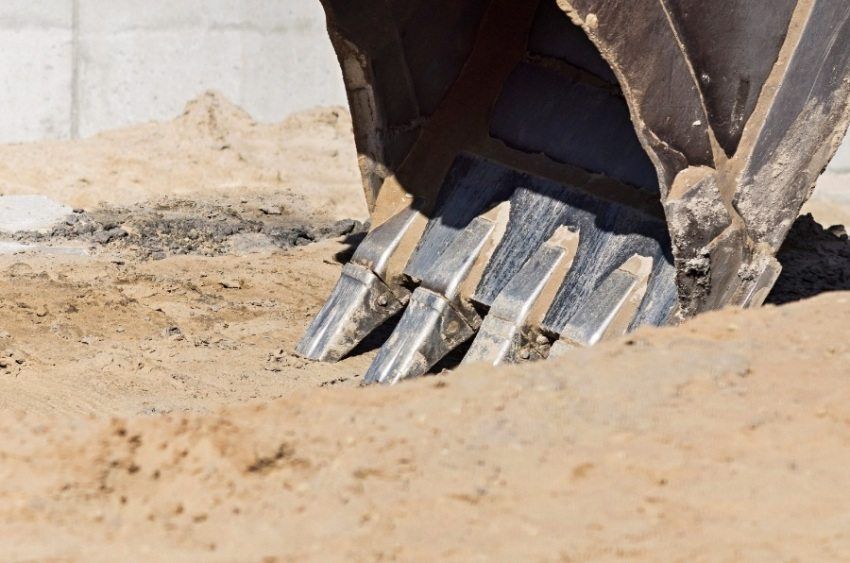
The proportion of sand on 1 cu. m volume is calculated by the formula:
m = v * p, Where
m is the mass of the material;
V is the volume;
p is the density level.
Using this formula, you can find out from the table how many tons of sand there are in a ton of cubes, and what is its specific weight within the standard volume unit. For 1 cu. The weight of the material is equivalent to its density, and the bulk density can usually be obtained from the suppliers involved in the sale and delivery.

Helpful advice! Weight is influenced by another indicator – the level of humidity. Most often it is 6-7%. If the material is wet, this value increases to 20%. This difference must be added to the mass of sand.
Despite the large tonnage of KAMAZ, how many cubes of sand in the back of the car still want to know all the purchasers, since it is this measure of weight that is the generally accepted value used in all calculations.
KAMAZ usually accounts for 12 cubes of sand. How much ZIL in its body holds is also a useful value, since many suppliers deliver building materials in smaller sizes. In this case, the capacity is 3 m ?. MAZ is used to deliver 6 m ?.
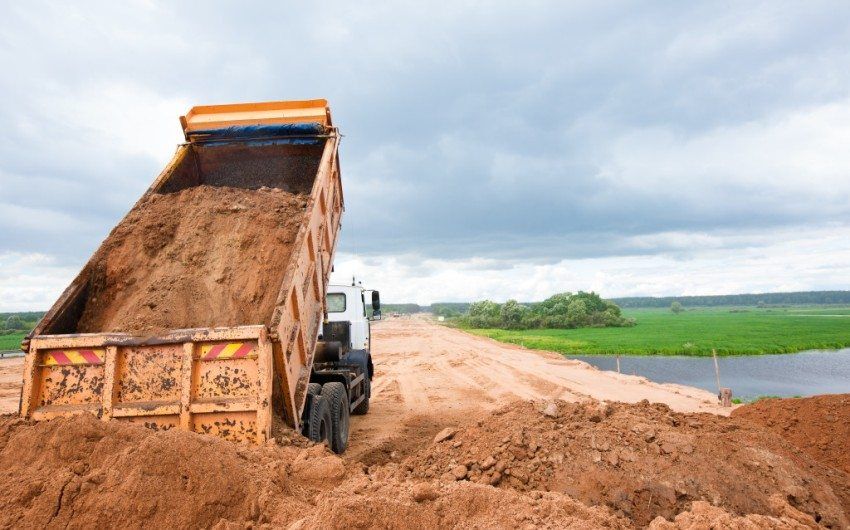
It is very important to find out in advance when ordering sand, how much a cube of bulk material costs you, and how much kg it contains.
The average price of river sand is 8000 rubles / m. cubic, career – 500 rubles / m. cc How much sand is delivered depends on the supplier, the volume of sand and the distance. Average prices for a service within one city and region are 2000-3000 rubles.
